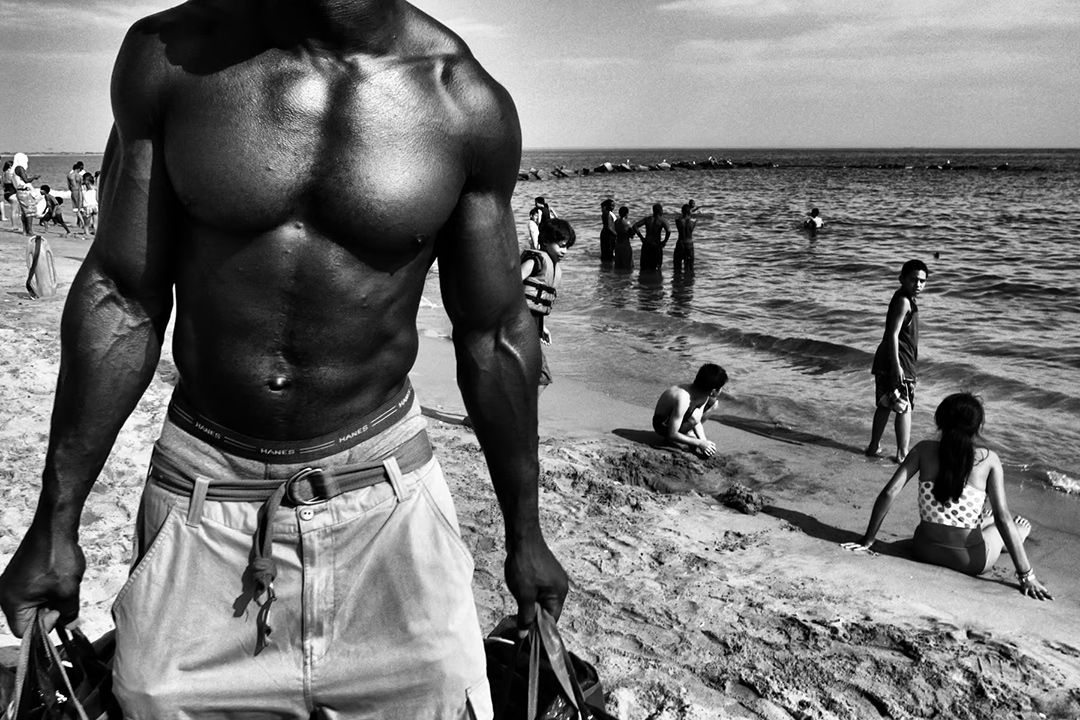Wide Street Grit
In the vibrant world of street photography, where every corner offers a new story, one name stands out for his distinctive approach and profound ability to capture the essence of everyday life: Michael Ernest Sweet. His work not only graces the pages of renowned publications but also invites viewers into a world that is both familiar and extraordinary. Sweet’s photographs are a testament to his keen observational skills and deep understanding of the human condition.
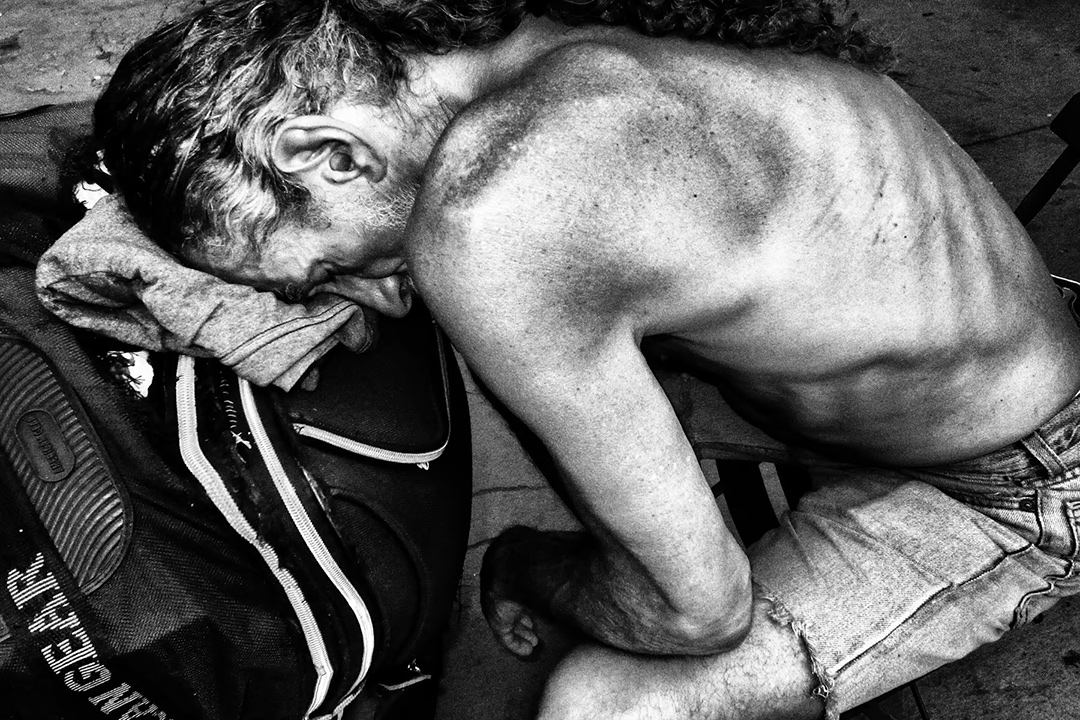
A Glimpse into a “Sweet” World
Michael Ernest Sweet is known for his ability to see beauty in the mundane. His street photography goes beyond mere documentation; it’s a deep exploration of human emotions and interactions, often captured in fleeting moments that most people might overlook. With a career spanning several decades, Sweet has developed a unique style that is both striking and evocative.
Sweet’s images are often characterized by their striking composition and nuanced use of light. His photographs are not just snapshots but carefully constructed scenes where every element plays a role in telling a larger story. Whether it’s the way shadows fall across a street, the contrasting expressions of passersby, or the juxtaposition of the old and new, Sweet’s work draws viewers into a dialogue with the scene.
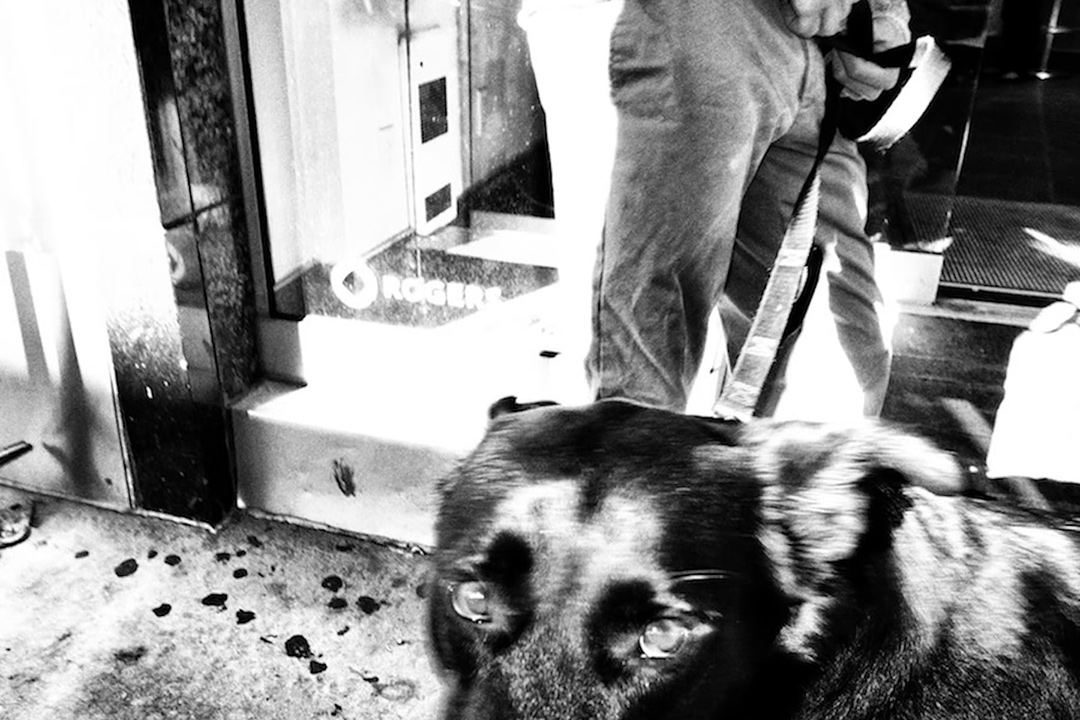
The Art of Observation
What sets Sweet apart is his extraordinary ability to observe and anticipate moments. Street photography requires an artist to be both patient and intuitive, qualities that Sweet embodies. His photographs frequently capture a split second of human interaction or an element of daily life that is both intimate and revealing. By focusing on these transient moments, Sweet’s work highlights the beauty and complexity of ordinary life.
One of the hallmarks of Sweet’s approach is his ability to find extraordinary stories in the everyday. His subjects are not posed or staged; they are real people in real moments. This authenticity is what makes his work resonate so deeply. It’s a celebration of life’s unsung narratives and a reminder of the rich tapestry of human experience that unfolds in our daily routines.
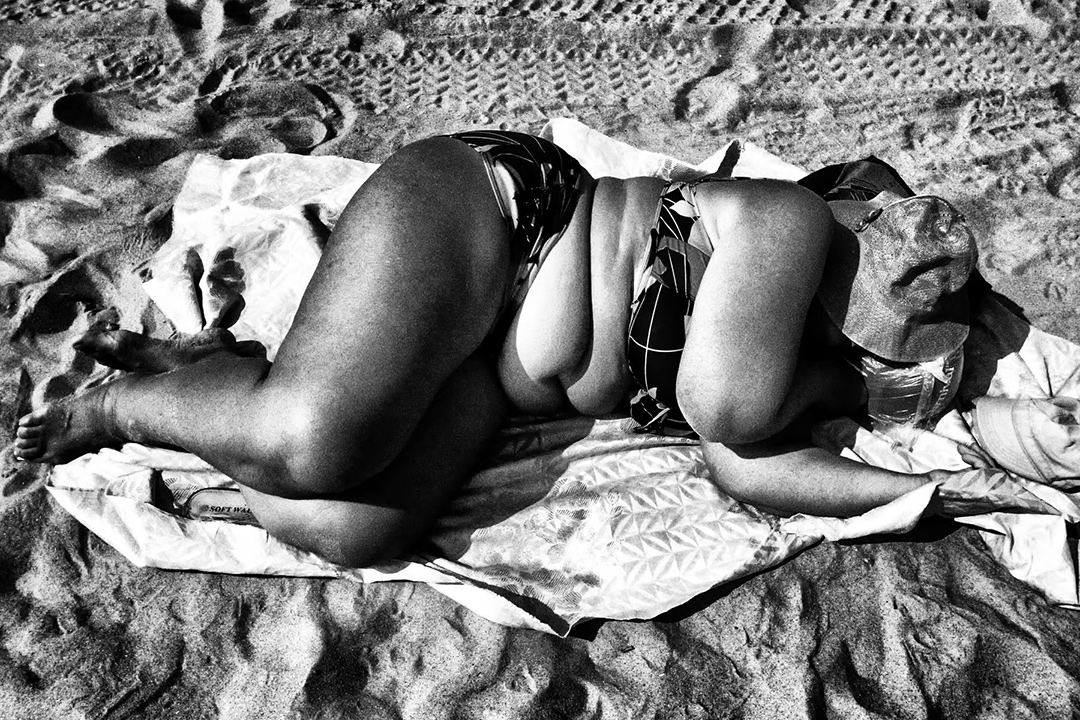
Influences and Inspiration
Sweet’s work is influenced by a diverse range of artists and photographers. From the candid, raw images of Henri Cartier-Bresson to the vibrant urban scenes of Vivian Maier, Sweet’s influences are evident in his own photographic style. However, he has managed to carve out his own niche by blending these influences with his personal vision. His images are a modern reflection of classic street photography, yet they possess a unique voice that is distinctly his own. Personally, I would liken him more to Daido Moriyama.
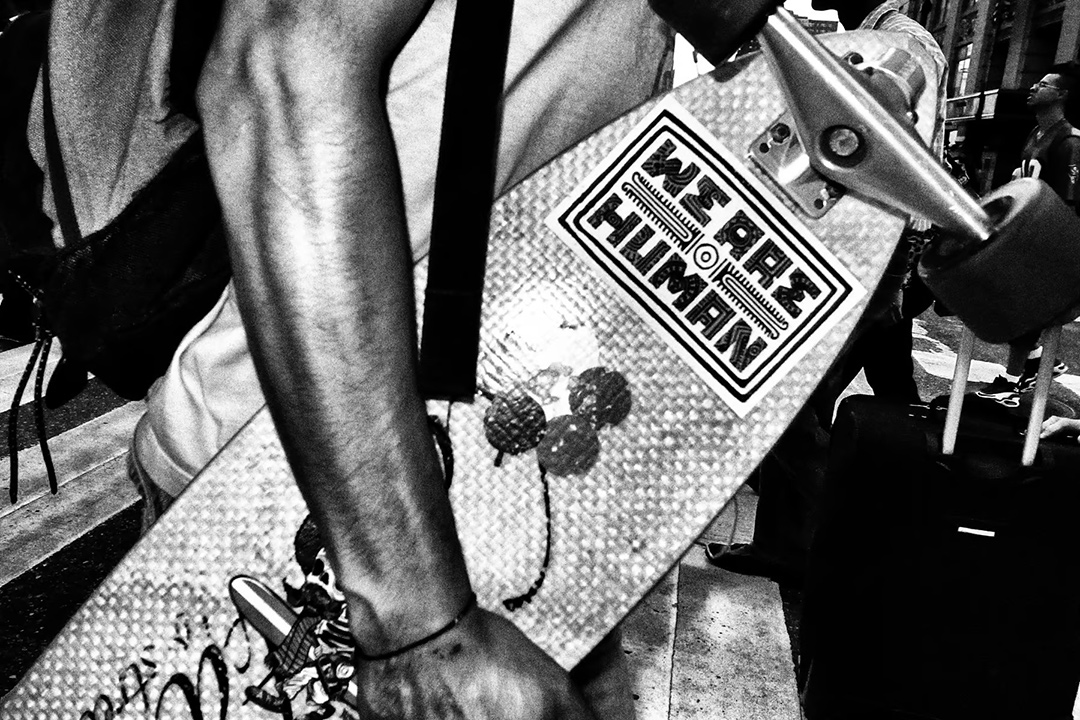
Impact and Legacy
Michael Ernest Sweet’s contributions to street photography extend beyond his own portfolio. He has been an advocate for the genre, promoting the work of other photographers and encouraging new talents to explore the streets with their cameras. His exhibitions and publications have brought street photography into the spotlight, inspiring a new generation of photographers to look closer at the world around them.
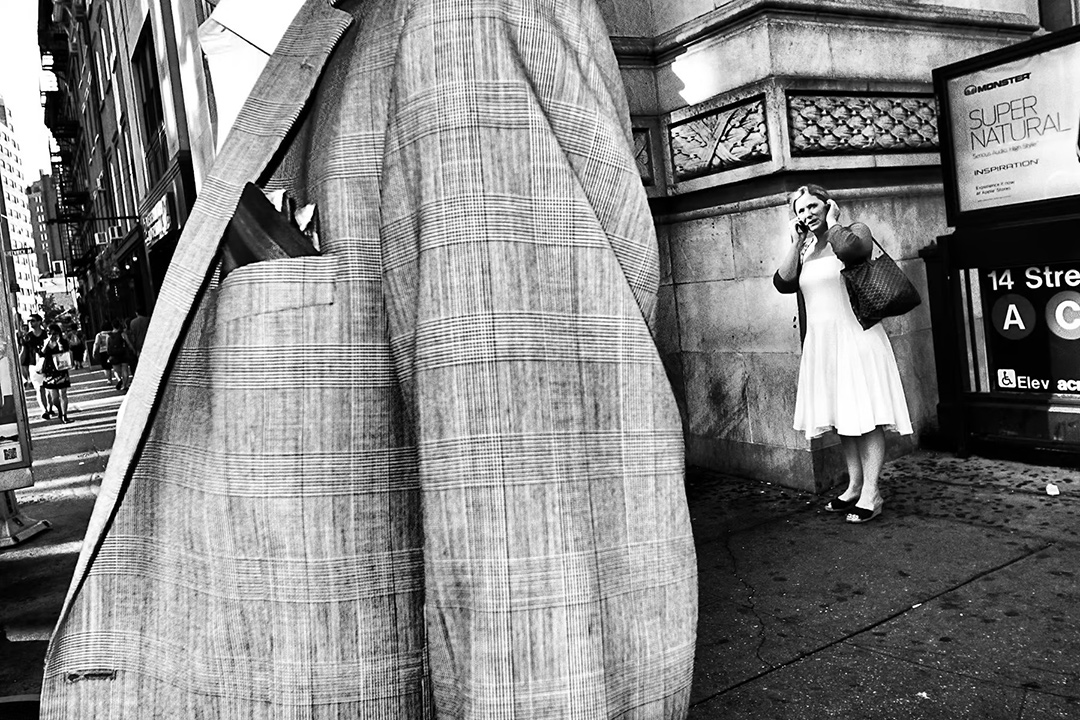
Sweet’s photographs have been featured in numerous exhibitions and collections, further cementing his status as a significant figure in contemporary photography. His work challenges viewers to reconsider their perceptions of urban spaces and to find beauty in the seemingly ordinary.
Conclusion
Michael Ernest Sweet’s street photography is a testament to the power of observation and the art of capturing the ephemeral. His ability to find beauty in everyday moments and to convey deep emotions through his images makes him a standout figure in the field. As we navigate our own urban landscapes, Sweet’s work serves as a reminder to look closer and appreciate the hidden stories waiting to be told.
In a world where the ordinary is often overlooked, Michael Ernest Sweet’s photography invites us to see the extraordinary in the everyday. His work is a celebration of the human experience, a testament to the art of street photography, and a reminder of the beauty that surrounds us all.
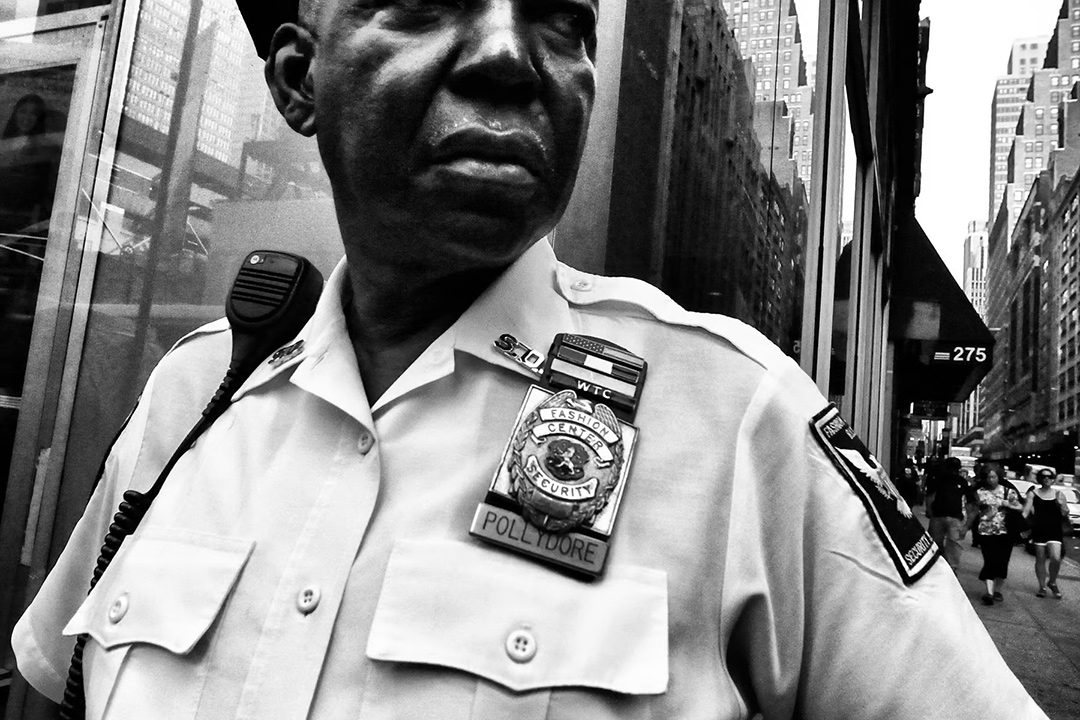
His books are all readily available on Amazon.
While he mostly employed a Leica M6 and a Rollei 35 extensively for film work in the past, he seems to prefer the “gritty” images produced by the tiny, (and very rare), 10 megapixel CCD of the Ricoh GRD IV these days.
Leica Camera Blog Interview
Michael Ernest Sweet Website

